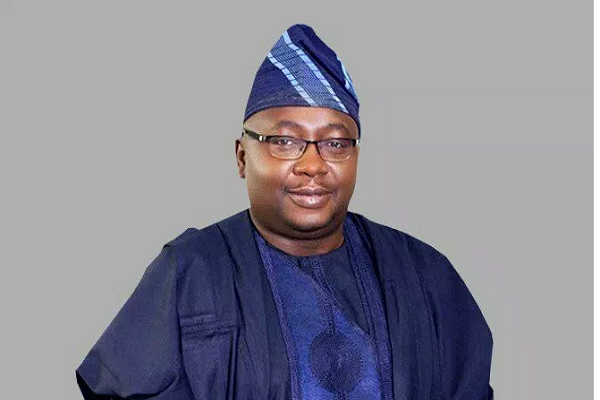'Maybe abolishing income tax...': Finfluencer on the real cost of Budget 2025 for high earners in India
With the Union Budget 2025 raising the zero-tax threshold to ₹12 lakh (₹12.75 lakh for salaried individuals), nearly one crore taxpayers will now pay no income tax. This sweeping change, however, comes at a steep cost—₹1 lakh crore in revenue loss for the government. Finfluencer and Wisdom Hatch founder Akshat Shrivastava sees this as a bold shift but raises a critical question: How will the government make up for this shortfall?
Related Articles
Shrivastava was responding to Shaadi.com founder Anupam Mittal, who highlighted that with this revision, almost 90% of tax filers in India earn below ₹13 lakh per annum, effectively leaving just one crore individuals to pay income tax.
With Finance Minister Nirmala Sitharaman’s announcement, taxpayers earning up to ₹12 lakh (₹12.75 lakh for salaried individuals) now have zero tax liability under the New Tax Regime (NTR). This is made possible by an increased tax rebate of ₹60,000, up from the previous ₹25,000. However, this exemption applies only to salaried and professional income—capital gains will continue to be taxed separately.
— Akshat Shrivastava (@Akshat_World) February 1, 2025[1] We have a fairly high indirect tax.
Maybe abolishing income tax-- overtime-- is not a bad idea.
[2] Now rolling back the 0 income tax status for people making 12 Lakhs would now cause a furore.
This can't be done.
[3] What remains to be seen is: how exactly the… https://t.co/Srn9mQ4dP0
Shrivastava believes this policy shift raises significant long-term concerns. “We have a fairly high indirect tax. Maybe abolishing income tax—overtime—is not a bad idea,” he stated, suggesting that India may eventually move towards a taxation model less reliant on direct income tax.
However, rolling back this zero-tax status in the future seems politically unfeasible. “Now rolling back the 0 income tax status for people making 12 Lakhs would now cause a furore. This can't be done,” he noted. The real question, then, is how the government plans to offset the revenue deficit.
Shrivastava sees two possibilities: “(a) The government forgoes that revenue and runs a leaner budget, or (b) figure out new revenue streams to make up for the deficit.” While he personally prefers the idea of a leaner budget, he speculates that the government will eventually look at increased taxation for higher-income earners. “My bet is more taxation will come for people making more than 12 Lakhs, eventually.”
Under the restructured tax slabs, income exceeding ₹12 lakh is taxed at progressive rates: 15% for ₹12-16 lakh, 20% for ₹16-20 lakh, 25% for ₹20-24 lakh, and 30% beyond ₹24 lakh. The revised structure allows for maximum savings of ₹1.1 lakh at an income level of ₹24 lakh, beyond which tax rates remain unchanged.












